AP 151 Physiology of the Heart Functions

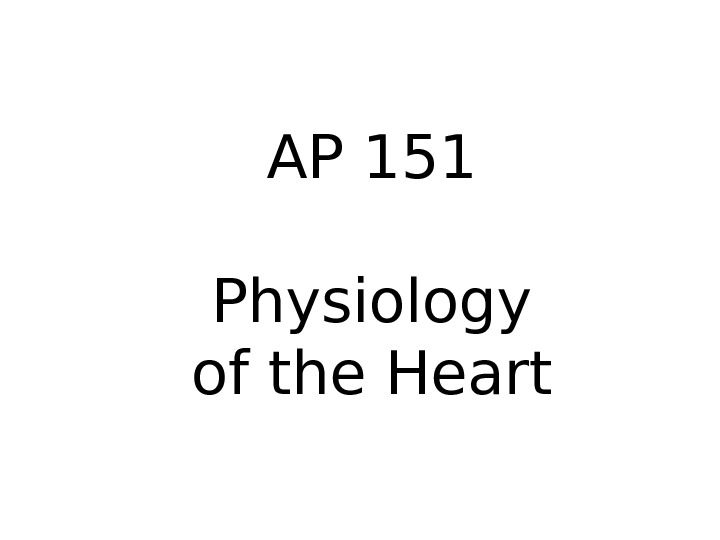
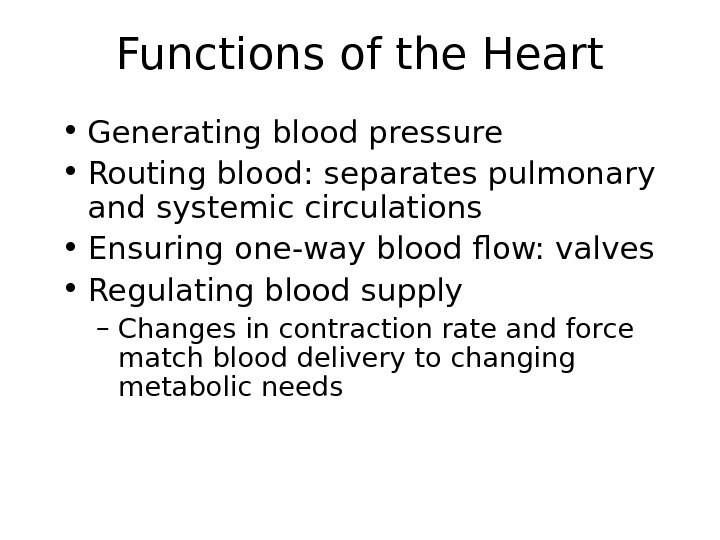
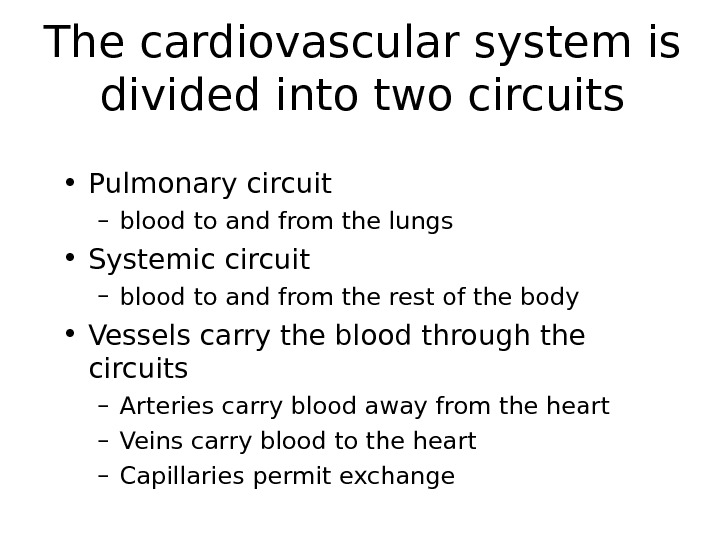
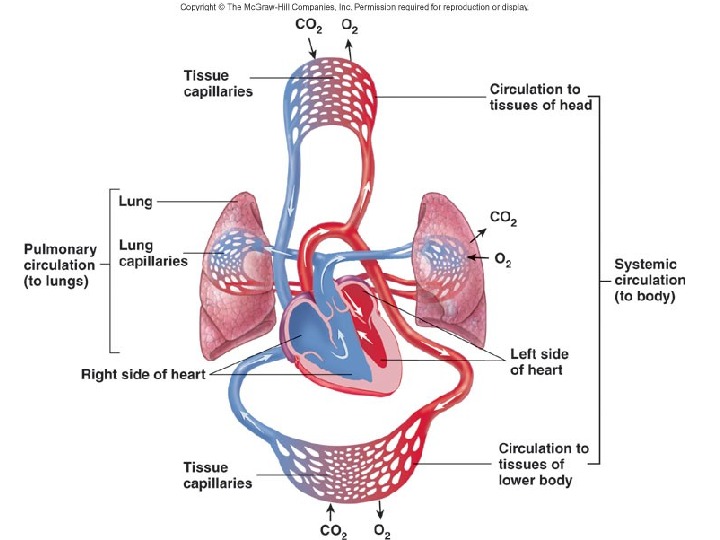
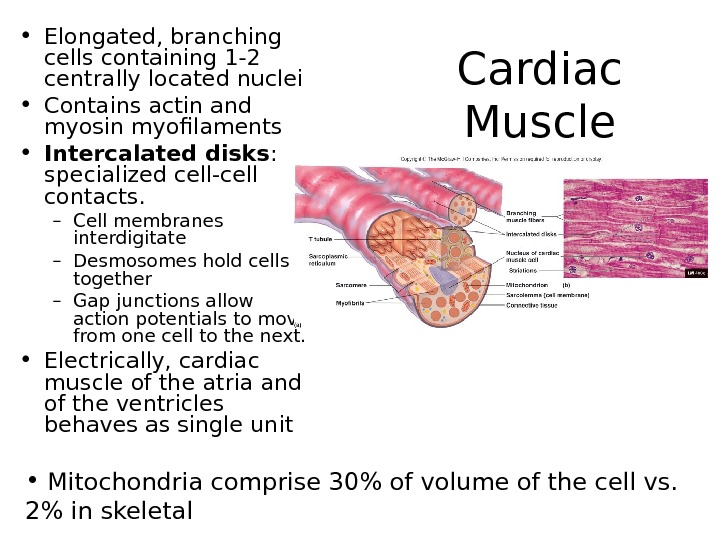
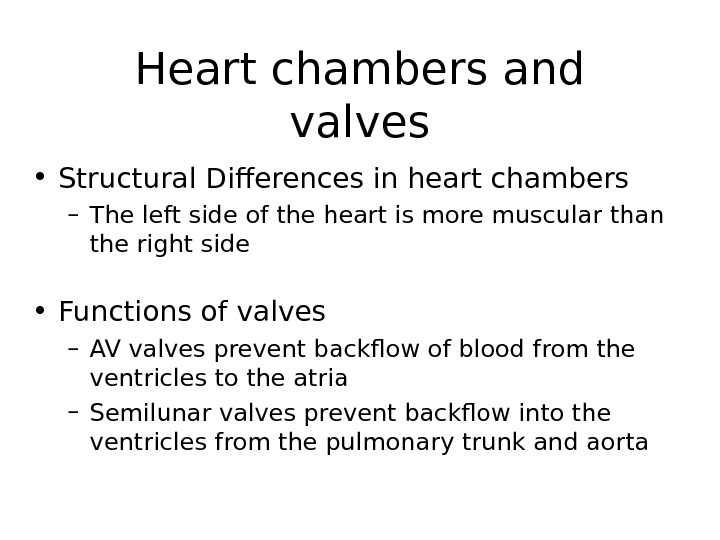

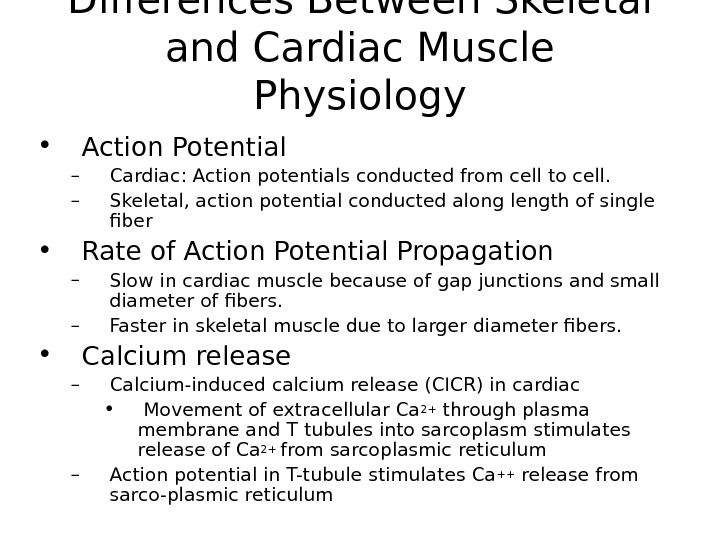
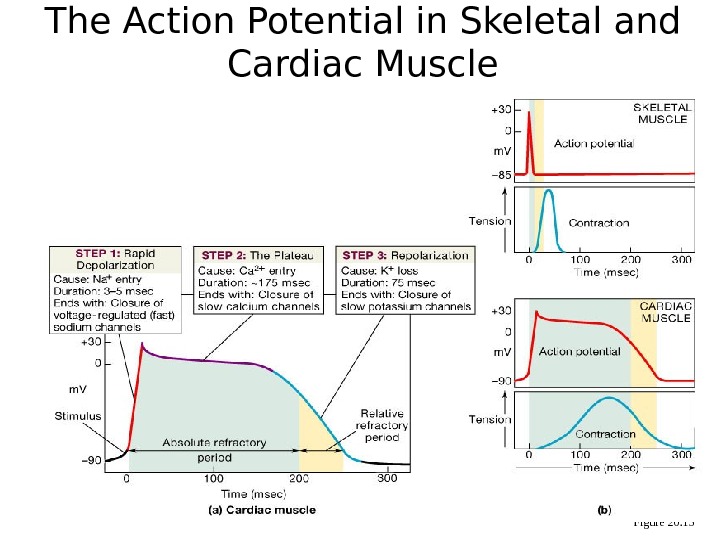

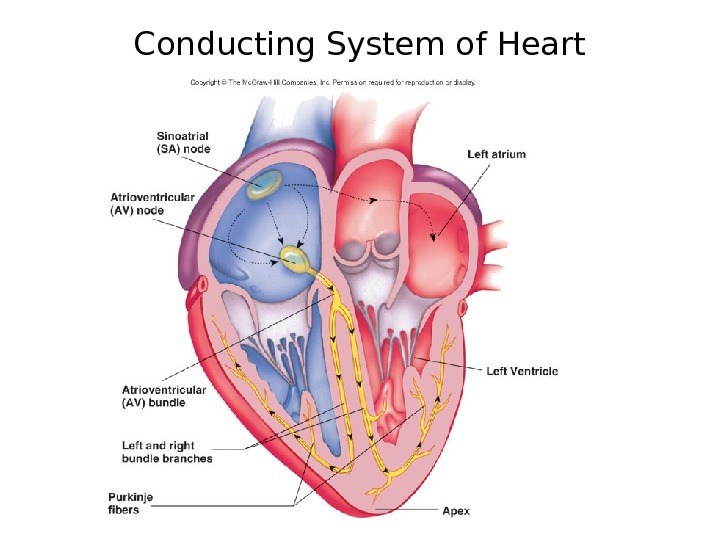
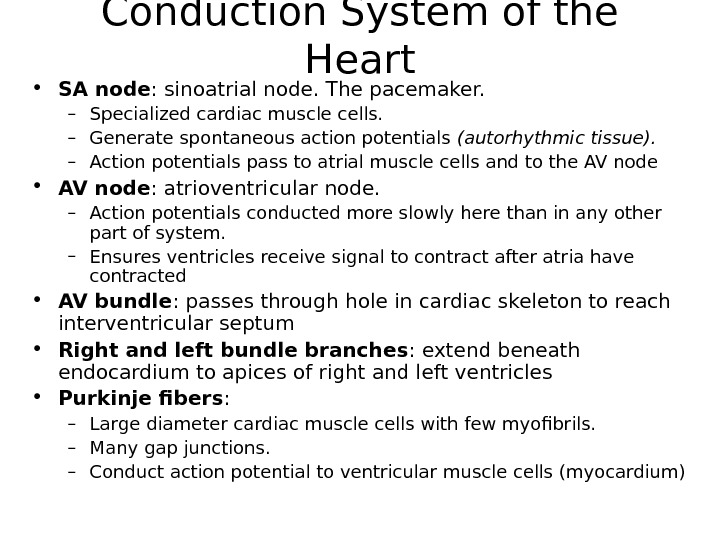
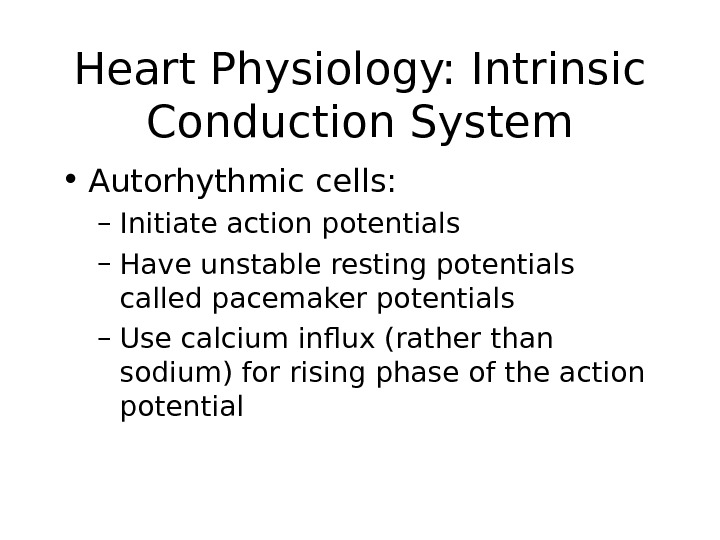
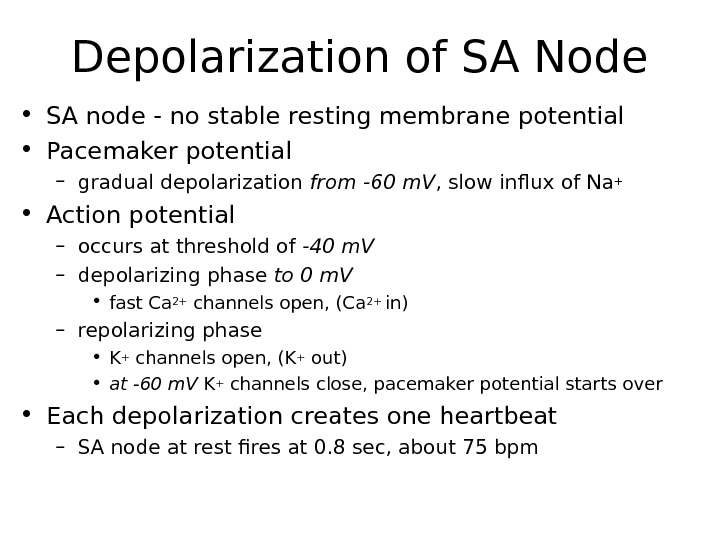
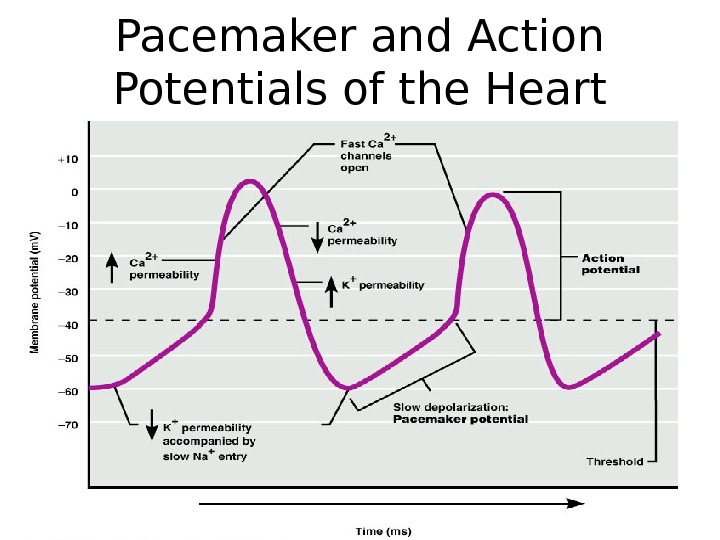
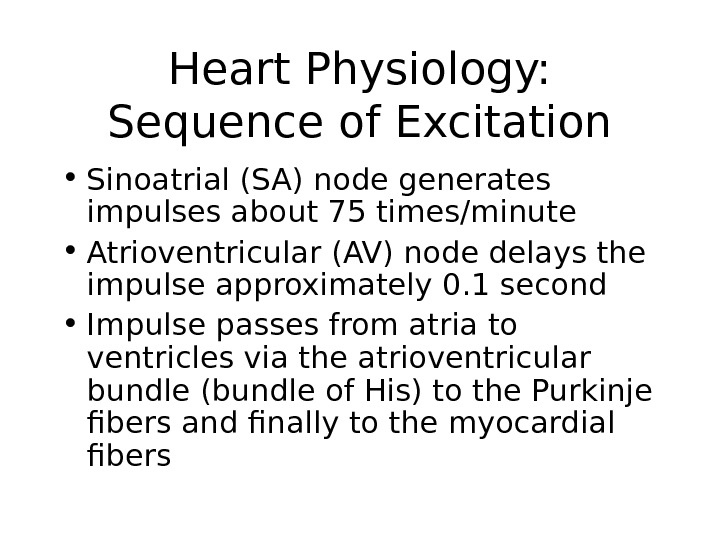
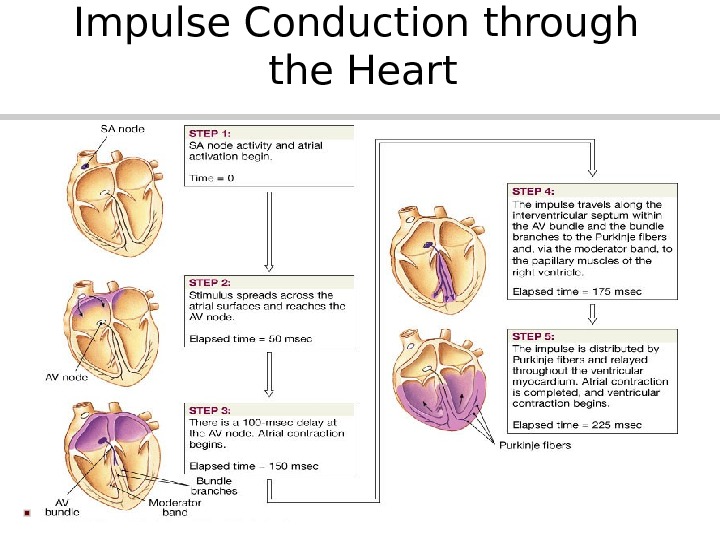
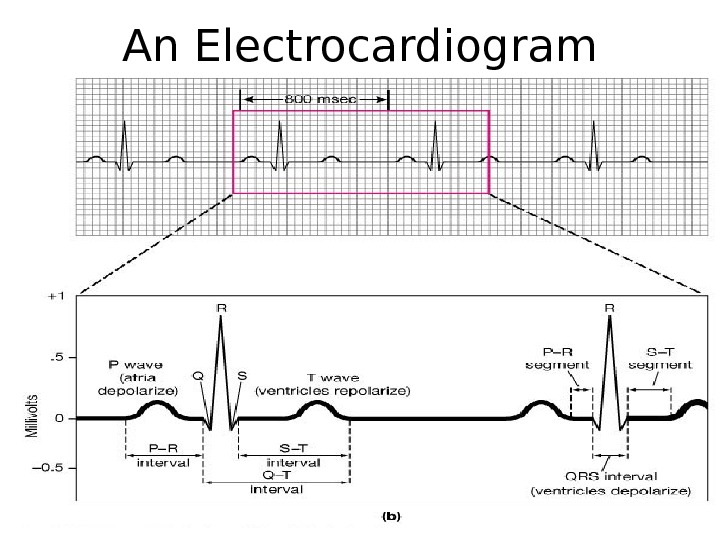
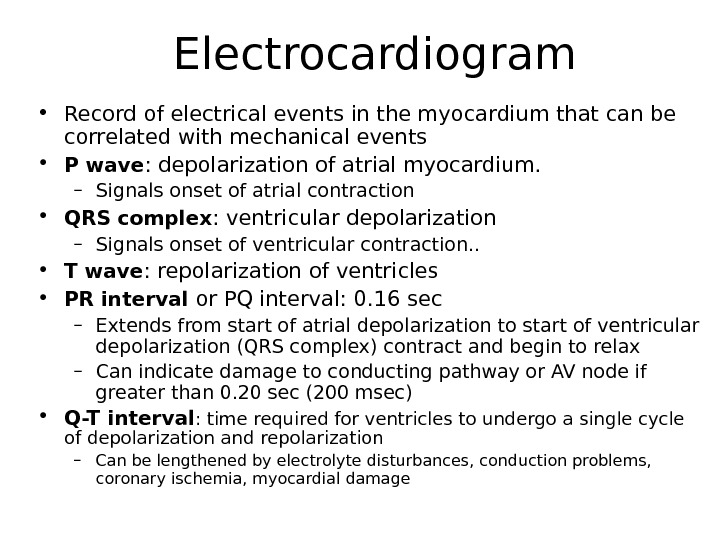
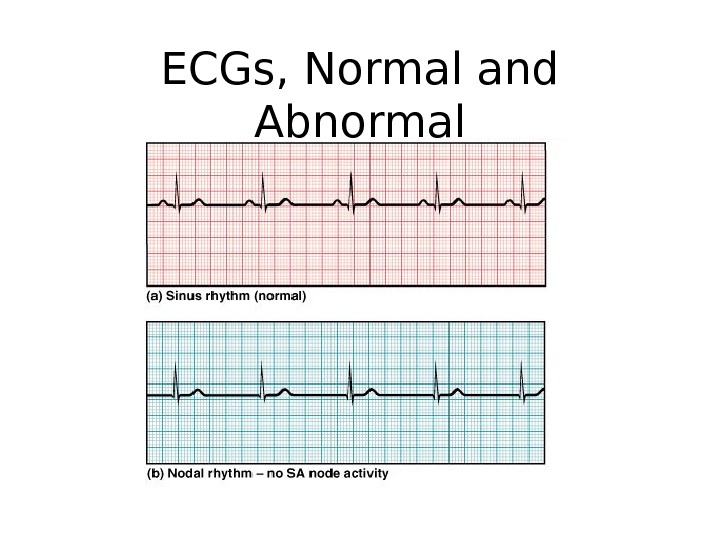
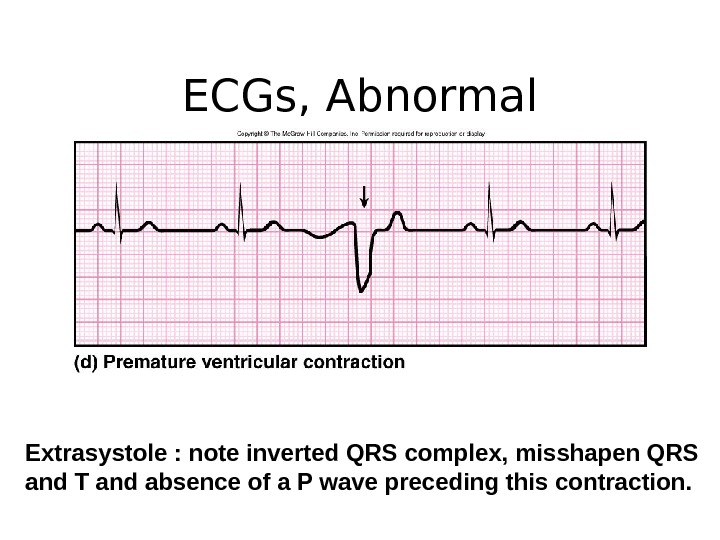
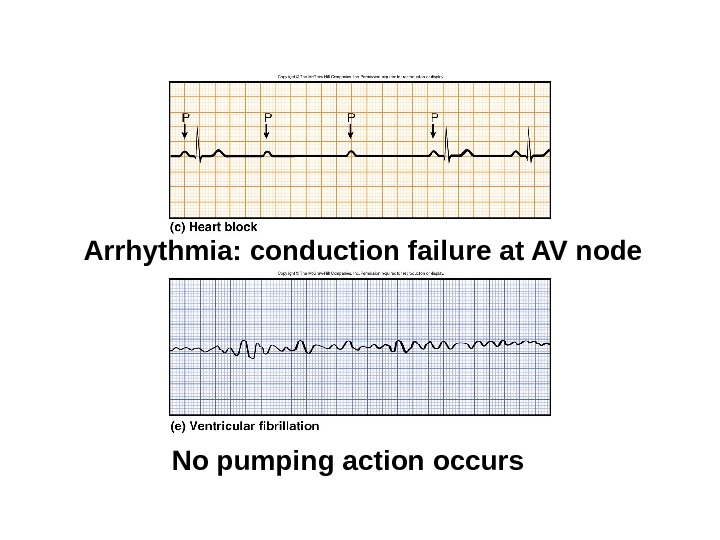
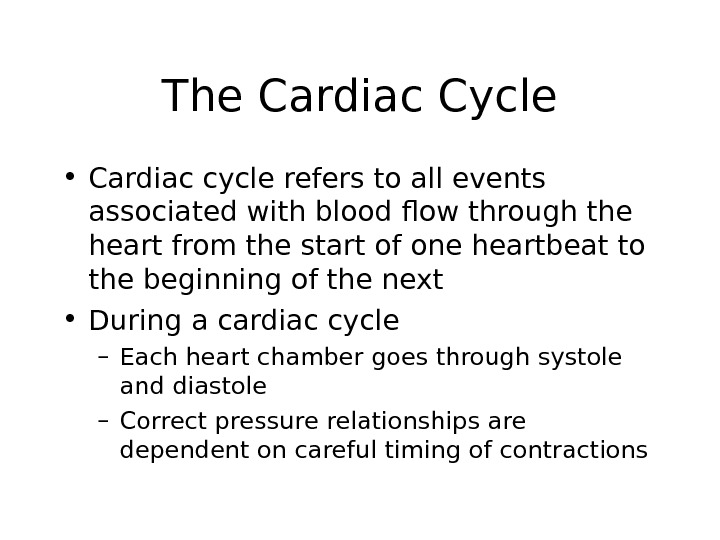
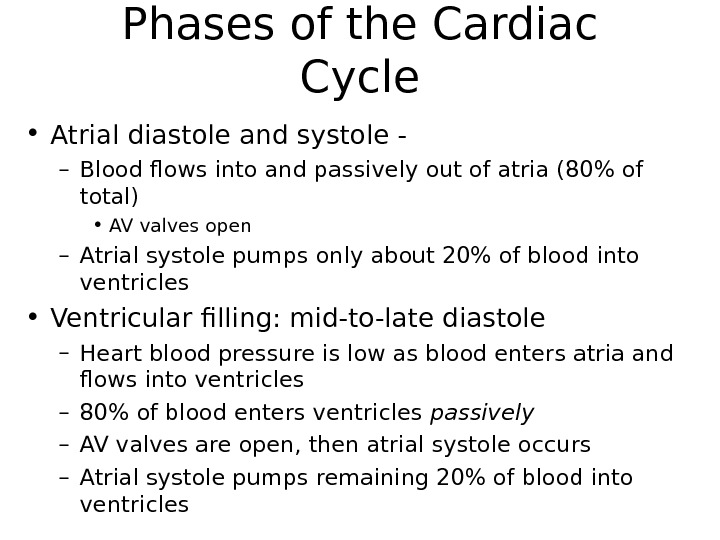
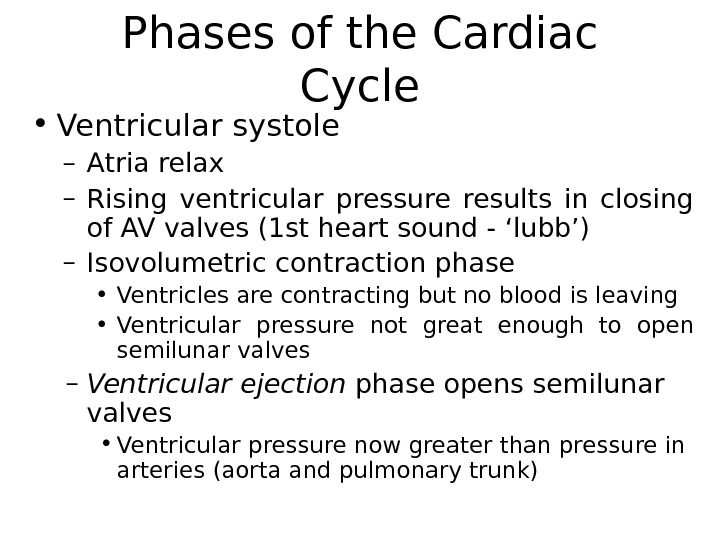
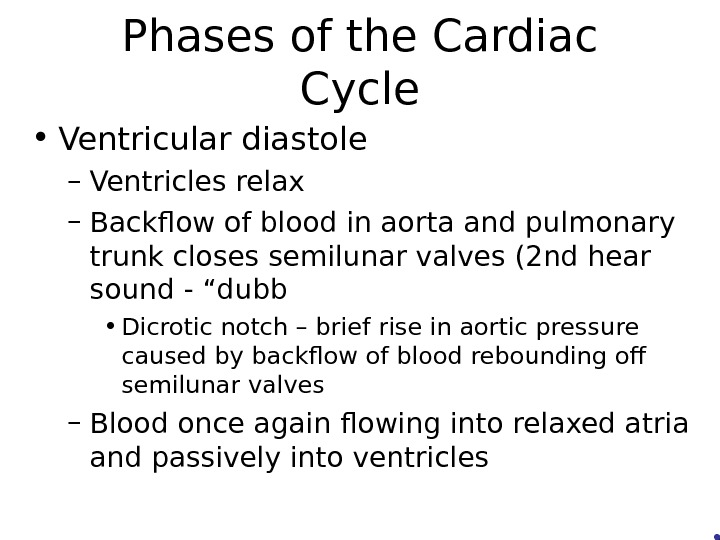
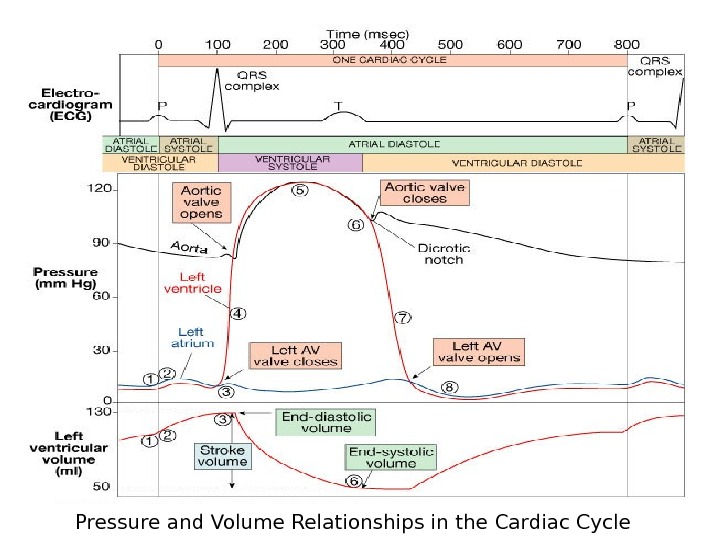
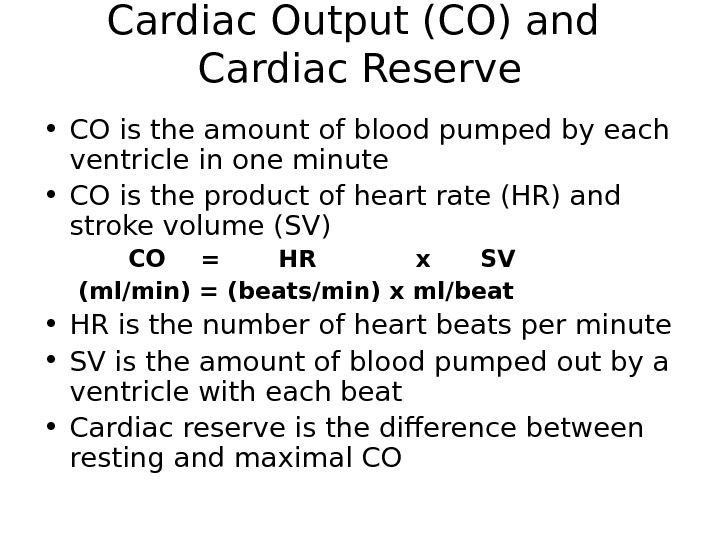
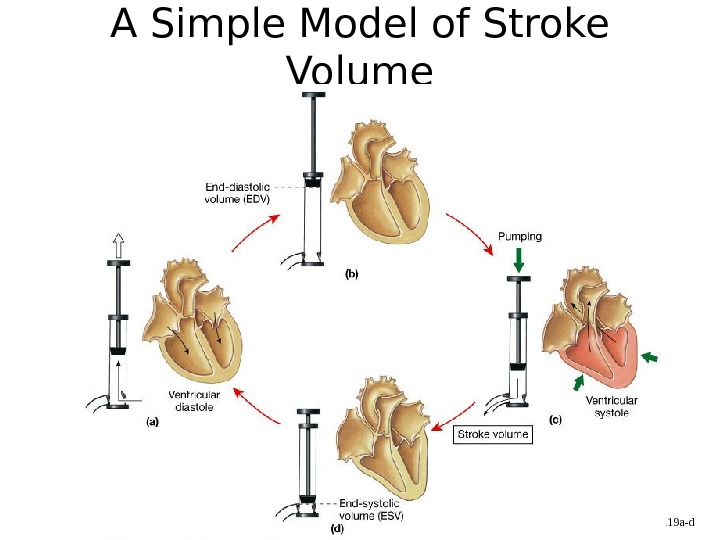
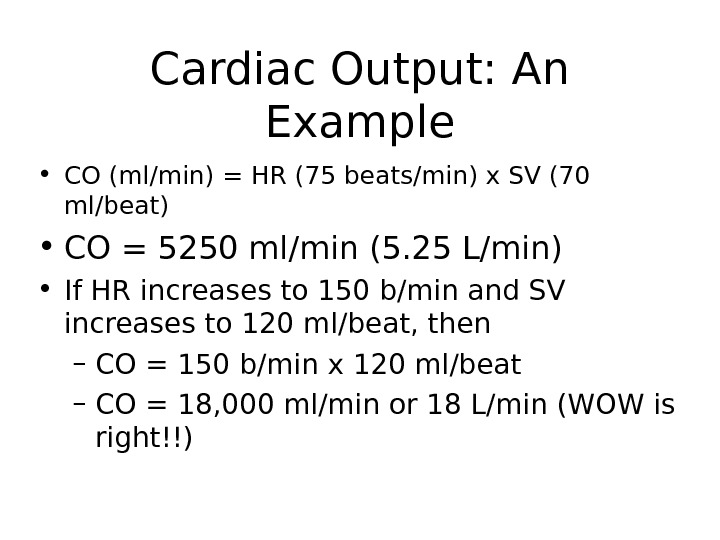
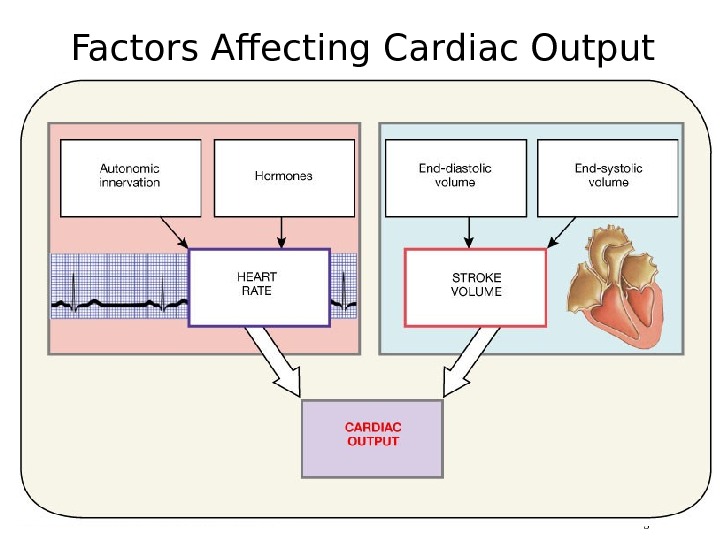
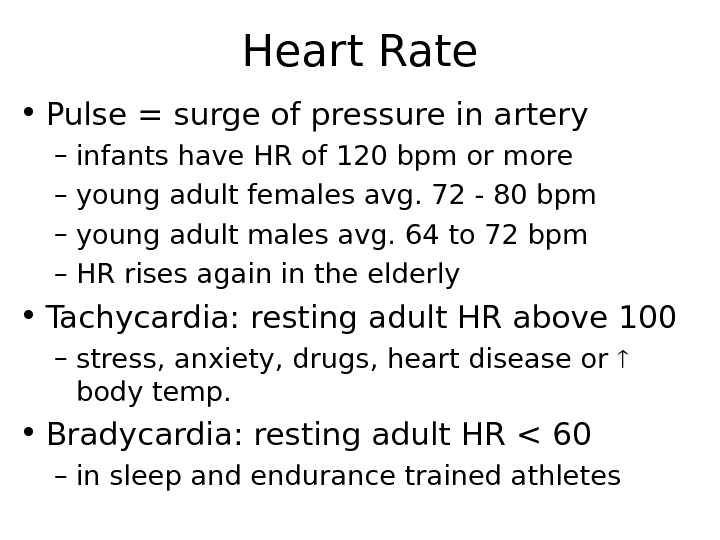
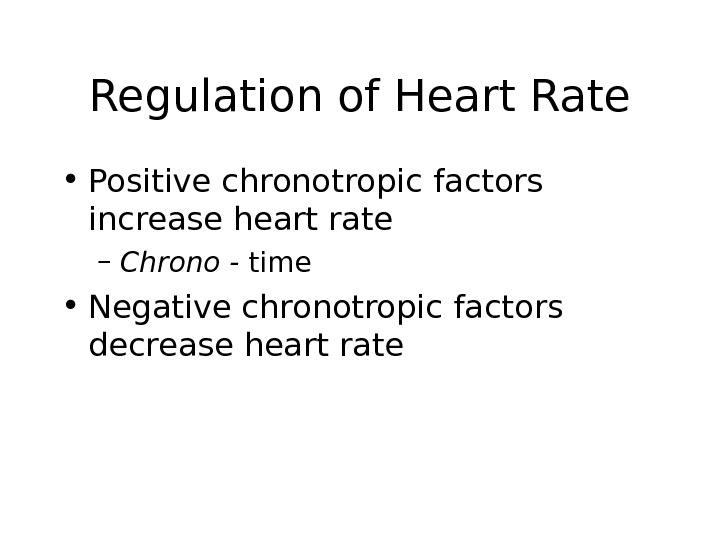
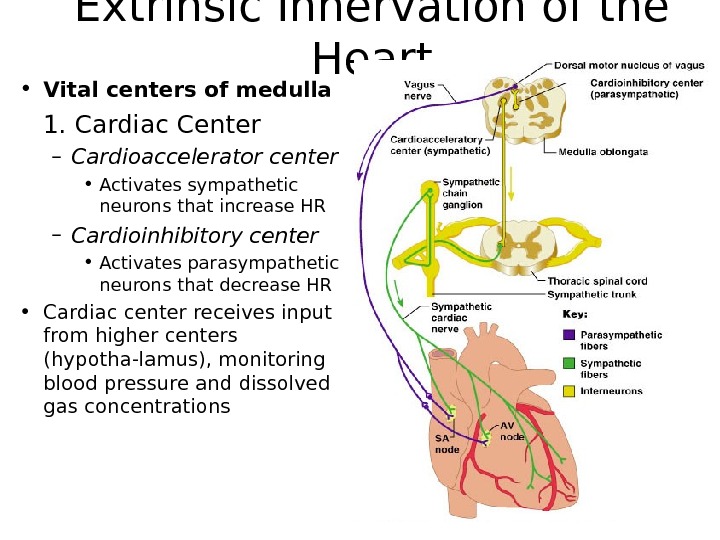
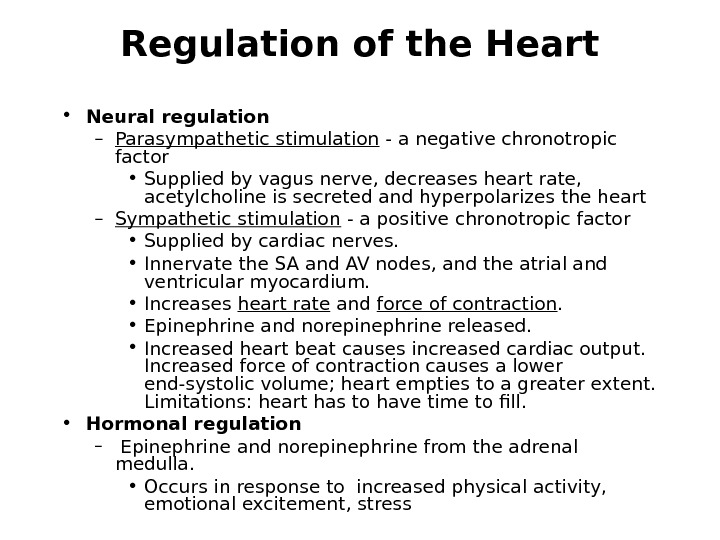
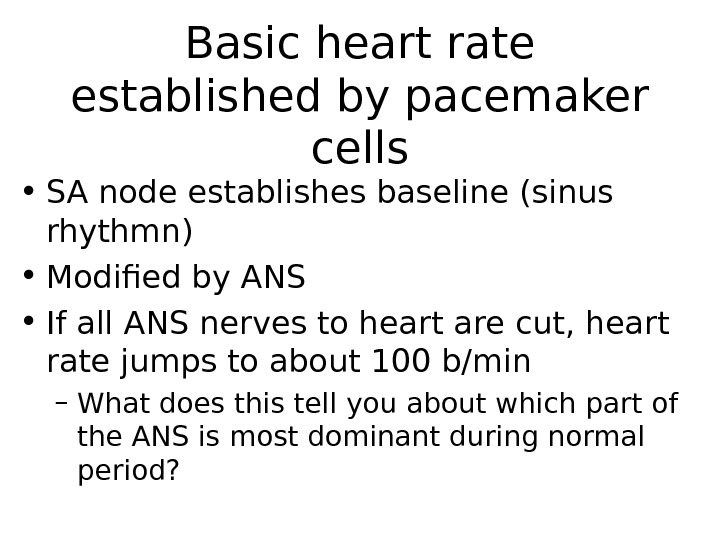
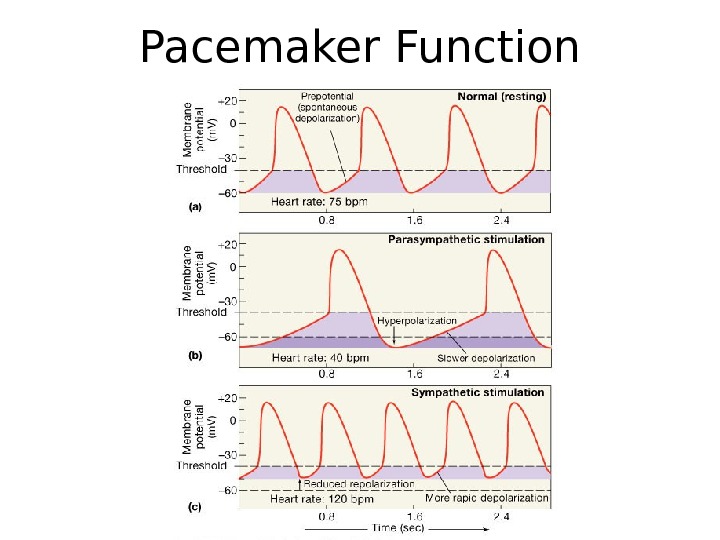
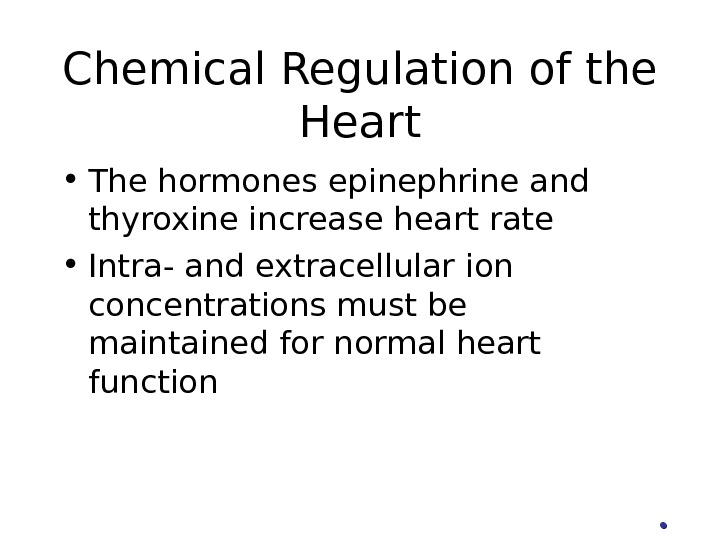
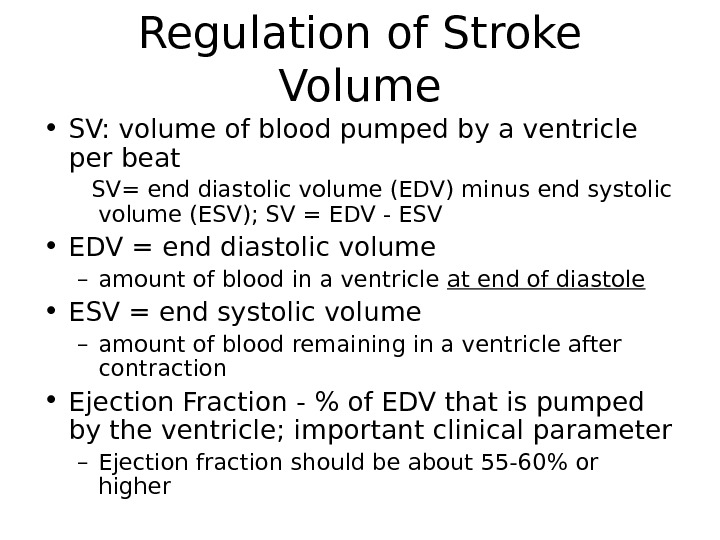


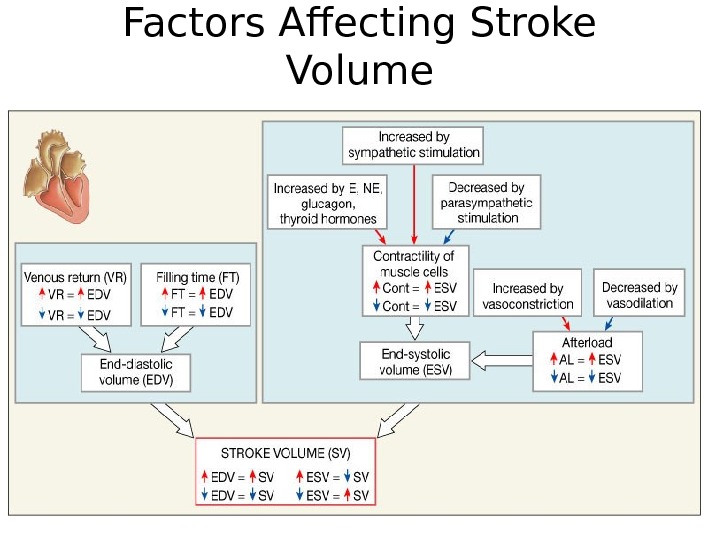
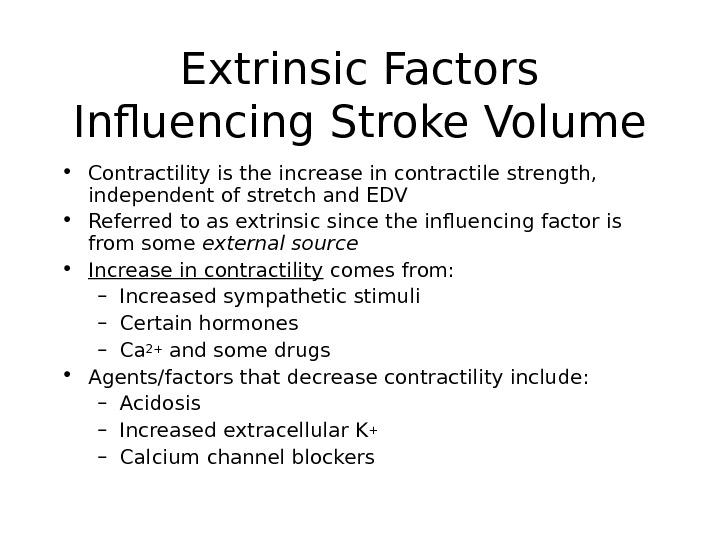
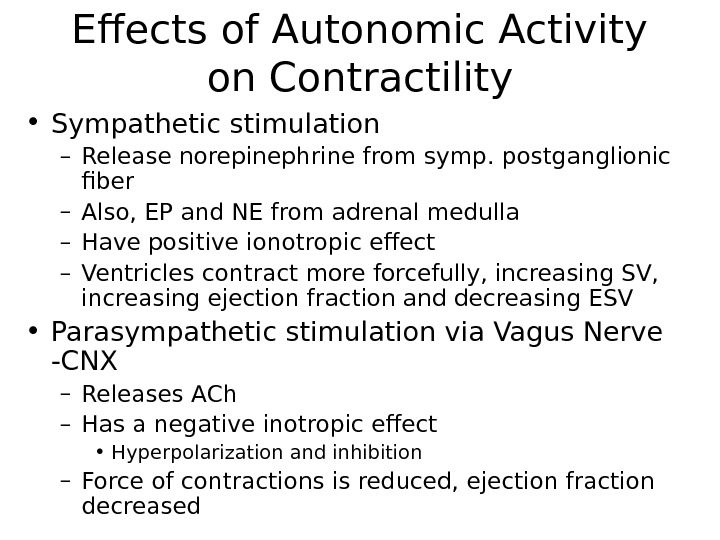
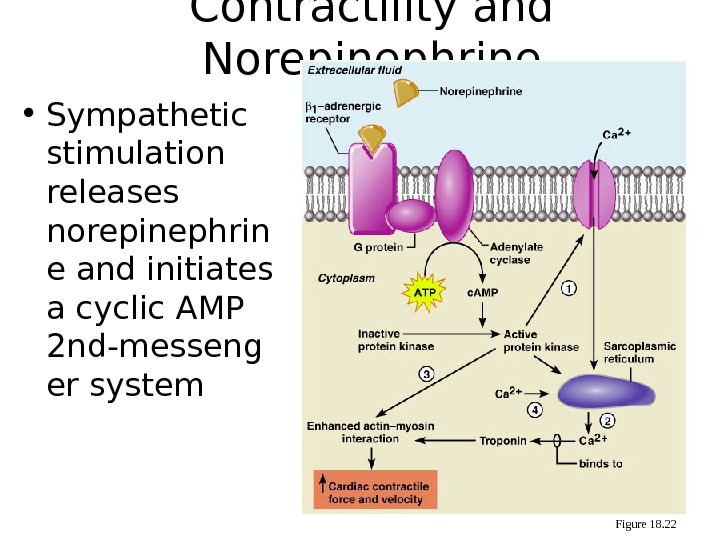
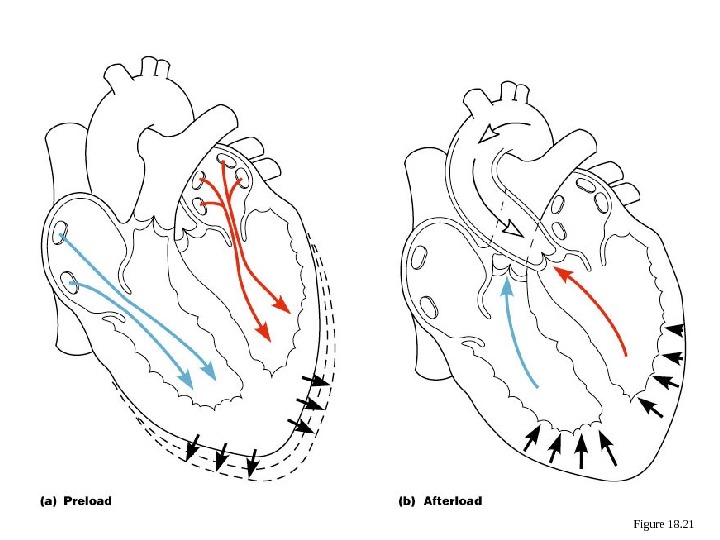
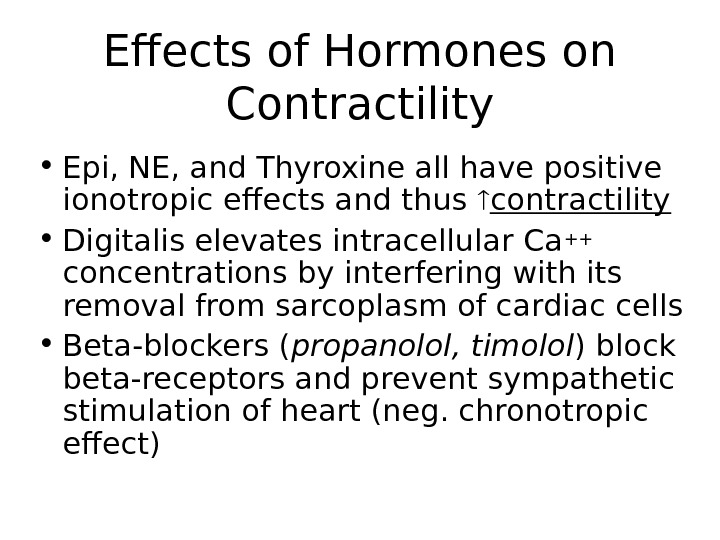

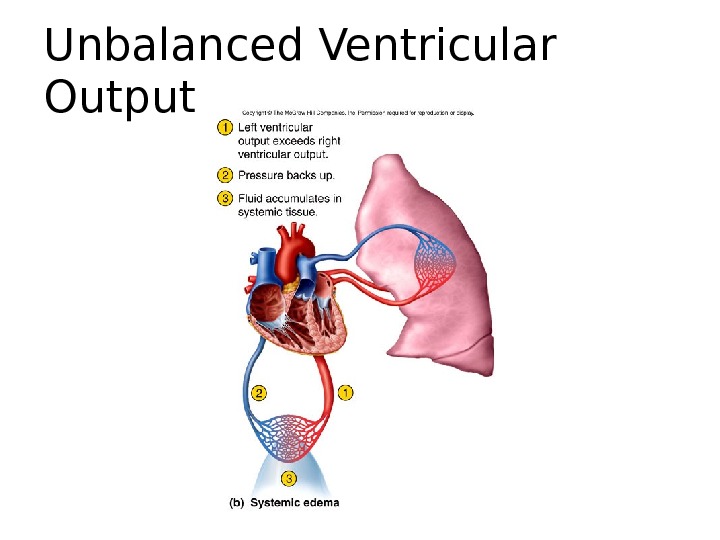
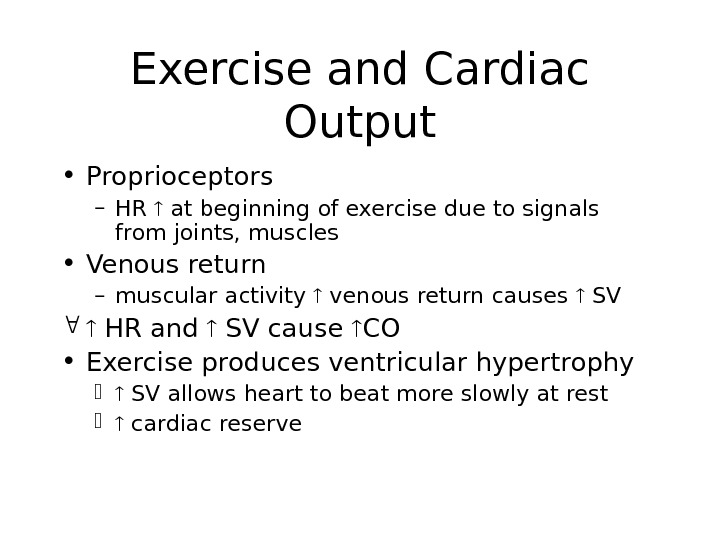
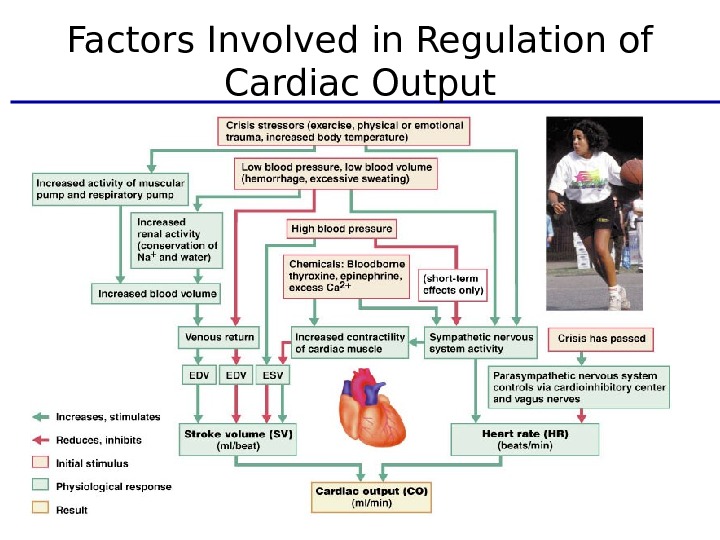
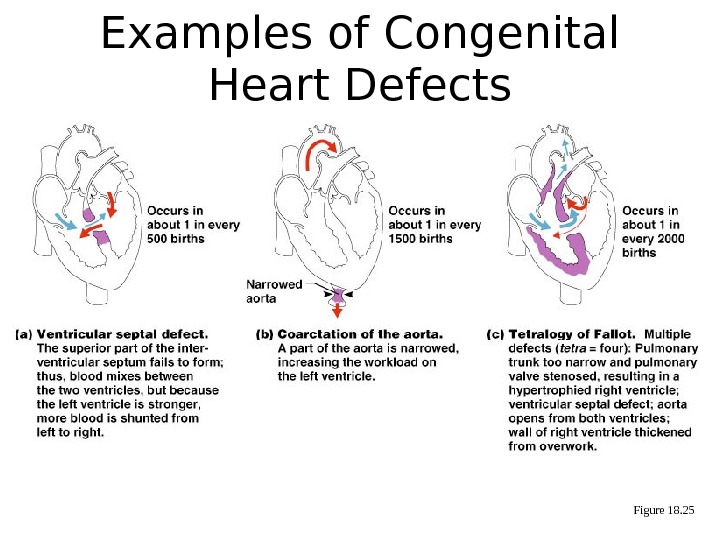
- Размер: 2.4 Mегабайта
- Количество слайдов: 52
Описание презентации AP 151 Physiology of the Heart Functions по слайдам
 AP 151 Physiology of the Heart
AP 151 Physiology of the Heart
 Functions of the Heart • Generating blood pressure • Routing blood: separates pulmonary and systemic circulations • Ensuring one-way blood flow: valves • Regulating blood supply – Changes in contraction rate and force match blood delivery to changing metabolic needs
Functions of the Heart • Generating blood pressure • Routing blood: separates pulmonary and systemic circulations • Ensuring one-way blood flow: valves • Regulating blood supply – Changes in contraction rate and force match blood delivery to changing metabolic needs
 The cardiovascular system is divided into two circuits • Pulmonary circuit – blood to and from the lungs • Systemic circuit – blood to and from the rest of the body • Vessels carry the blood through the circuits – Arteries carry blood away from the heart – Veins carry blood to the heart – Capillaries permit exchange
The cardiovascular system is divided into two circuits • Pulmonary circuit – blood to and from the lungs • Systemic circuit – blood to and from the rest of the body • Vessels carry the blood through the circuits – Arteries carry blood away from the heart – Veins carry blood to the heart – Capillaries permit exchange

 Cardiac Muscle • Elongated, branching cells containing 1 -2 centrally located nuclei • Contains actin and myosin myofilaments • Intercalated disks : specialized cell-cell contacts. – Cell membranes interdigitate – Desmosomes hold cells together – Gap junctions allow action potentials to move from one cell to the next. • Electrically, cardiac muscle of the atria and of the ventricles behaves as single unit • Mitochondria comprise 30% of volume of the cell vs. 2% in skeletal
Cardiac Muscle • Elongated, branching cells containing 1 -2 centrally located nuclei • Contains actin and myosin myofilaments • Intercalated disks : specialized cell-cell contacts. – Cell membranes interdigitate – Desmosomes hold cells together – Gap junctions allow action potentials to move from one cell to the next. • Electrically, cardiac muscle of the atria and of the ventricles behaves as single unit • Mitochondria comprise 30% of volume of the cell vs. 2% in skeletal
 • Structural Differences in heart chambers – The left side of the heart is more muscular than the right side • Functions of valves – AV valves prevent backflow of blood from the ventricles to the atria – Semilunar valves prevent backflow into the ventricles from the pulmonary trunk and aorta Heart chambers and valves
• Structural Differences in heart chambers – The left side of the heart is more muscular than the right side • Functions of valves – AV valves prevent backflow of blood from the ventricles to the atria – Semilunar valves prevent backflow into the ventricles from the pulmonary trunk and aorta Heart chambers and valves
 Cardiac Muscle Contraction • Heart muscle: – Is stimulated by nerves and is self-excitable (automaticity) – Contracts as a unit; no motor units – Has a long (250 ms) absolute refractory period • Cardiac muscle contraction is similar to skeletal muscle contraction, i. e. , sliding-filaments
Cardiac Muscle Contraction • Heart muscle: – Is stimulated by nerves and is self-excitable (automaticity) – Contracts as a unit; no motor units – Has a long (250 ms) absolute refractory period • Cardiac muscle contraction is similar to skeletal muscle contraction, i. e. , sliding-filaments
 Differences Between Skeletal and Cardiac Muscle Physiology • Action Potential – Cardiac: Action potentials conducted from cell to cell. – Skeletal, action potential conducted along length of single fiber • Rate of Action Potential Propagation – Slow in cardiac muscle because of gap junctions and small diameter of fibers. – Faster in skeletal muscle due to larger diameter fibers. • Calcium release – Calcium-induced calcium release (CICR) in cardiac • Movement of extracellular Ca 2+ through plasma membrane and T tubules into sarcoplasm stimulates release of Ca 2+ from sarcoplasmic reticulum – Action potential in T-tubule stimulates Ca ++ release from sarco-plasmic reticulum
Differences Between Skeletal and Cardiac Muscle Physiology • Action Potential – Cardiac: Action potentials conducted from cell to cell. – Skeletal, action potential conducted along length of single fiber • Rate of Action Potential Propagation – Slow in cardiac muscle because of gap junctions and small diameter of fibers. – Faster in skeletal muscle due to larger diameter fibers. • Calcium release – Calcium-induced calcium release (CICR) in cardiac • Movement of extracellular Ca 2+ through plasma membrane and T tubules into sarcoplasm stimulates release of Ca 2+ from sarcoplasmic reticulum – Action potential in T-tubule stimulates Ca ++ release from sarco-plasmic reticulum
 The Action Potential in Skeletal and Cardiac Muscle Figure 20.
The Action Potential in Skeletal and Cardiac Muscle Figure 20.
 Electrical Properties of Myocardial Fibers 1. Rising phase of action potential • Due to opening of fast Na + channels 2. Plateau phase • Closure of sodium channels • Opening of calcium channels • Slight increase in K + permeability • Prevents summation and thus tetanus of cardiac muscle 3. Repolarization phase • Calcium channels closed • Increased K + permeability
Electrical Properties of Myocardial Fibers 1. Rising phase of action potential • Due to opening of fast Na + channels 2. Plateau phase • Closure of sodium channels • Opening of calcium channels • Slight increase in K + permeability • Prevents summation and thus tetanus of cardiac muscle 3. Repolarization phase • Calcium channels closed • Increased K + permeability
 Conducting System of Heart
Conducting System of Heart
 Conduction System of the Heart • SA node : sinoatrial node. The pacemaker. – Specialized cardiac muscle cells. – Generate spontaneous action potentials (autorhythmic tissue). – Action potentials pass to atrial muscle cells and to the AV node • AV node : atrioventricular node. – Action potentials conducted more slowly here than in any other part of system. – Ensures ventricles receive signal to contract after atria have contracted • AV bundle : passes through hole in cardiac skeleton to reach interventricular septum • Right and left bundle branches : extend beneath endocardium to apices of right and left ventricles • Purkinje fibers : – Large diameter cardiac muscle cells with few myofibrils. – Many gap junctions. – Conduct action potential to ventricular muscle cells (myocardium)
Conduction System of the Heart • SA node : sinoatrial node. The pacemaker. – Specialized cardiac muscle cells. – Generate spontaneous action potentials (autorhythmic tissue). – Action potentials pass to atrial muscle cells and to the AV node • AV node : atrioventricular node. – Action potentials conducted more slowly here than in any other part of system. – Ensures ventricles receive signal to contract after atria have contracted • AV bundle : passes through hole in cardiac skeleton to reach interventricular septum • Right and left bundle branches : extend beneath endocardium to apices of right and left ventricles • Purkinje fibers : – Large diameter cardiac muscle cells with few myofibrils. – Many gap junctions. – Conduct action potential to ventricular muscle cells (myocardium)
 Heart Physiology: Intrinsic Conduction System • Autorhythmic cells: – Initiate action potentials – Have unstable resting potentials called pacemaker potentials – Use calcium influx (rather than sodium) for rising phase of the action potential
Heart Physiology: Intrinsic Conduction System • Autorhythmic cells: – Initiate action potentials – Have unstable resting potentials called pacemaker potentials – Use calcium influx (rather than sodium) for rising phase of the action potential
 Depolarization of SA Node • SA node — no stable resting membrane potential • Pacemaker potential – gradual depolarization from -60 m. V , slow influx of Na + • Action potential – occurs at threshold of -40 m. V – depolarizing phase to 0 m. V • fast Ca 2+ channels open, (Ca 2+ in) – repolarizing phase • K + channels open, (K+ out) • at -60 m. V K + channels close, pacemaker potential starts over • Each depolarization creates one heartbeat – SA node at rest fires at 0. 8 sec, about 75 bpm
Depolarization of SA Node • SA node — no stable resting membrane potential • Pacemaker potential – gradual depolarization from -60 m. V , slow influx of Na + • Action potential – occurs at threshold of -40 m. V – depolarizing phase to 0 m. V • fast Ca 2+ channels open, (Ca 2+ in) – repolarizing phase • K + channels open, (K+ out) • at -60 m. V K + channels close, pacemaker potential starts over • Each depolarization creates one heartbeat – SA node at rest fires at 0. 8 sec, about 75 bpm
 Pacemaker and Action Potentials of the Heart
Pacemaker and Action Potentials of the Heart
 Heart Physiology: Sequence of Excitation • Sinoatrial (SA) node generates impulses about 75 times/minute • Atrioventricular (AV) node delays the impulse approximately 0. 1 second • Impulse passes from atria to ventricles via the atrioventricular bundle (bundle of His) to the Purkinje fibers and finally to the myocardial fibers
Heart Physiology: Sequence of Excitation • Sinoatrial (SA) node generates impulses about 75 times/minute • Atrioventricular (AV) node delays the impulse approximately 0. 1 second • Impulse passes from atria to ventricles via the atrioventricular bundle (bundle of His) to the Purkinje fibers and finally to the myocardial fibers
 Impulse Conduction through the Heart
Impulse Conduction through the Heart
 An Electrocardiogram
An Electrocardiogram
 Electrocardiogram • Record of electrical events in the myocardium that can be correlated with mechanical events • P wave : depolarization of atrial myocardium. – Signals onset of atrial contraction • QRS complex : ventricular depolarization – Signals onset of ventricular contraction. . • T wave : repolarization of ventricles • PR interval or PQ interval: 0. 16 sec – Extends from start of atrial depolarization to start of ventricular depolarization (QRS complex) contract and begin to relax – Can indicate damage to conducting pathway or AV node if greater than 0. 20 sec (200 msec) • Q-T interval : time required for ventricles to undergo a single cycle of depolarization and repolarization – Can be lengthened by electrolyte disturbances, conduction problems, coronary ischemia, myocardial damage
Electrocardiogram • Record of electrical events in the myocardium that can be correlated with mechanical events • P wave : depolarization of atrial myocardium. – Signals onset of atrial contraction • QRS complex : ventricular depolarization – Signals onset of ventricular contraction. . • T wave : repolarization of ventricles • PR interval or PQ interval: 0. 16 sec – Extends from start of atrial depolarization to start of ventricular depolarization (QRS complex) contract and begin to relax – Can indicate damage to conducting pathway or AV node if greater than 0. 20 sec (200 msec) • Q-T interval : time required for ventricles to undergo a single cycle of depolarization and repolarization – Can be lengthened by electrolyte disturbances, conduction problems, coronary ischemia, myocardial damage
 ECGs, Normal and Abnormal
ECGs, Normal and Abnormal
 ECGs, Abnormal Extrasystole : note inverted QRS complex, misshapen QRS and T and absence of a P wave preceding this contraction.
ECGs, Abnormal Extrasystole : note inverted QRS complex, misshapen QRS and T and absence of a P wave preceding this contraction.
 ECGs, Abnormal Arrhythmia: conduction failure at AV node No pumping action occurs
ECGs, Abnormal Arrhythmia: conduction failure at AV node No pumping action occurs
 The Cardiac Cycle • Cardiac cycle refers to all events associated with blood flow through the heart from the start of one heartbeat to the beginning of the next • During a cardiac cycle – Each heart chamber goes through systole and diastole – Correct pressure relationships are dependent on careful timing of contractions
The Cardiac Cycle • Cardiac cycle refers to all events associated with blood flow through the heart from the start of one heartbeat to the beginning of the next • During a cardiac cycle – Each heart chamber goes through systole and diastole – Correct pressure relationships are dependent on careful timing of contractions
 Phases of the Cardiac Cycle • Atrial diastole and systole — – Blood flows into and passively out of atria (80% of total) • AV valves open – Atrial systole pumps only about 20% of blood into ventricles • Ventricular filling: mid-to-late diastole – Heart blood pressure is low as blood enters atria and flows into ventricles – 80% of blood enters ventricles passively – AV valves are open, then atrial systole occurs – Atrial systole pumps remaining 20% of blood into ventricles
Phases of the Cardiac Cycle • Atrial diastole and systole — – Blood flows into and passively out of atria (80% of total) • AV valves open – Atrial systole pumps only about 20% of blood into ventricles • Ventricular filling: mid-to-late diastole – Heart blood pressure is low as blood enters atria and flows into ventricles – 80% of blood enters ventricles passively – AV valves are open, then atrial systole occurs – Atrial systole pumps remaining 20% of blood into ventricles
 Phases of the Cardiac Cycle • Ventricular systole – Atria relax – Rising ventricular pressure results in closing of AV valves (1 st heart sound — ‘lubb’) – Isovolumetric contraction phase • Ventricles are contracting but no blood is leaving • Ventricular pressure not great enough to open semilunar valves – Ventricular ejection phase opens semilunar valves • Ventricular pressure now greater than pressure in arteries (aorta and pulmonary trunk)
Phases of the Cardiac Cycle • Ventricular systole – Atria relax – Rising ventricular pressure results in closing of AV valves (1 st heart sound — ‘lubb’) – Isovolumetric contraction phase • Ventricles are contracting but no blood is leaving • Ventricular pressure not great enough to open semilunar valves – Ventricular ejection phase opens semilunar valves • Ventricular pressure now greater than pressure in arteries (aorta and pulmonary trunk)
 Phases of the Cardiac Cycle • Ventricular diastole – Ventricles relax – Backflow of blood in aorta and pulmonary trunk closes semilunar valves (2 nd hear sound — “dubb • Dicrotic notch – brief rise in aortic pressure caused by backflow of blood rebounding off semilunar valves – Blood once again flowing into relaxed atria and passively into ventricles
Phases of the Cardiac Cycle • Ventricular diastole – Ventricles relax – Backflow of blood in aorta and pulmonary trunk closes semilunar valves (2 nd hear sound — “dubb • Dicrotic notch – brief rise in aortic pressure caused by backflow of blood rebounding off semilunar valves – Blood once again flowing into relaxed atria and passively into ventricles
 Pressure and Volume Relationships in the Cardiac Cycle
Pressure and Volume Relationships in the Cardiac Cycle
 Cardiac Output (CO) and Cardiac Reserve • CO is the amount of blood pumped by each ventricle in one minute • CO is the product of heart rate (HR) and stroke volume (SV) CO = HR x SV (ml/min) = (beats/min) x ml/beat • HR is the number of heart beats per minute • SV is the amount of blood pumped out by a ventricle with each beat • Cardiac reserve is the difference between resting and maximal CO
Cardiac Output (CO) and Cardiac Reserve • CO is the amount of blood pumped by each ventricle in one minute • CO is the product of heart rate (HR) and stroke volume (SV) CO = HR x SV (ml/min) = (beats/min) x ml/beat • HR is the number of heart beats per minute • SV is the amount of blood pumped out by a ventricle with each beat • Cardiac reserve is the difference between resting and maximal CO
 A Simple Model of Stroke Volume Figure 20. 19 a-d
A Simple Model of Stroke Volume Figure 20. 19 a-d
 Cardiac Output: An Example • CO (ml/min) = HR (75 beats/min) x SV (70 ml/beat) • CO = 5250 ml/min (5. 25 L/min) • If HR increases to 150 b/min and SV increases to 120 ml/beat, then – CO = 150 b/min x 120 ml/beat – CO = 18, 000 ml/min or 18 L/min (WOW is right!!)
Cardiac Output: An Example • CO (ml/min) = HR (75 beats/min) x SV (70 ml/beat) • CO = 5250 ml/min (5. 25 L/min) • If HR increases to 150 b/min and SV increases to 120 ml/beat, then – CO = 150 b/min x 120 ml/beat – CO = 18, 000 ml/min or 18 L/min (WOW is right!!)
 Factors Affecting Cardiac Output Figure 20.
Factors Affecting Cardiac Output Figure 20.
 Heart Rate • Pulse = surge of pressure in artery – infants have HR of 120 bpm or more – young adult females avg. 72 — 80 bpm – young adult males avg. 64 to 72 bpm – HR rises again in the elderly • Tachycardia: resting adult HR above 100 – stress, anxiety, drugs, heart disease or body temp. • Bradycardia: resting adult HR < 60 – in sleep and endurance trained athletes
Heart Rate • Pulse = surge of pressure in artery – infants have HR of 120 bpm or more – young adult females avg. 72 — 80 bpm – young adult males avg. 64 to 72 bpm – HR rises again in the elderly • Tachycardia: resting adult HR above 100 – stress, anxiety, drugs, heart disease or body temp. • Bradycardia: resting adult HR < 60 – in sleep and endurance trained athletes
 Regulation of Heart Rate • Positive chronotropic factors increase heart rate – Chrono — time • Negative chronotropic factors decrease heart rate
Regulation of Heart Rate • Positive chronotropic factors increase heart rate – Chrono — time • Negative chronotropic factors decrease heart rate
 Extrinsic Innervation of the Heart • Vital centers of medulla 1. Cardiac Center – Cardioaccelerator center • Activates sympathetic neurons that increase HR – Cardioinhibitory center • Activates parasympathetic neurons that decrease HR • Cardiac center receives input from higher centers (hypotha-lamus), monitoring blood pressure and dissolved gas concentrations
Extrinsic Innervation of the Heart • Vital centers of medulla 1. Cardiac Center – Cardioaccelerator center • Activates sympathetic neurons that increase HR – Cardioinhibitory center • Activates parasympathetic neurons that decrease HR • Cardiac center receives input from higher centers (hypotha-lamus), monitoring blood pressure and dissolved gas concentrations
 Regulation of the Heart • Neural regulation – Parasympathetic stimulation — a negative chronotropic factor • Supplied by vagus nerve, decreases heart rate, acetylcholine is secreted and hyperpolarizes the heart – Sympathetic stimulation — a positive chronotropic factor • Supplied by cardiac nerves. • Innervate the SA and AV nodes, and the atrial and ventricular myocardium. • Increases heart rate and force of contraction. • Epinephrine and norepinephrine released. • Increased heart beat causes increased cardiac output. Increased force of contraction causes a lower end-systolic volume; heart empties to a greater extent. Limitations: heart has to have time to fill. • Hormonal regulation – Epinephrine and norepinephrine from the adrenal medulla. • Occurs in response to increased physical activity, emotional excitement, stress
Regulation of the Heart • Neural regulation – Parasympathetic stimulation — a negative chronotropic factor • Supplied by vagus nerve, decreases heart rate, acetylcholine is secreted and hyperpolarizes the heart – Sympathetic stimulation — a positive chronotropic factor • Supplied by cardiac nerves. • Innervate the SA and AV nodes, and the atrial and ventricular myocardium. • Increases heart rate and force of contraction. • Epinephrine and norepinephrine released. • Increased heart beat causes increased cardiac output. Increased force of contraction causes a lower end-systolic volume; heart empties to a greater extent. Limitations: heart has to have time to fill. • Hormonal regulation – Epinephrine and norepinephrine from the adrenal medulla. • Occurs in response to increased physical activity, emotional excitement, stress
 • SA node establishes baseline (sinus rhythmn) • Modified by ANS • If all ANS nerves to heart are cut, heart rate jumps to about 100 b/min – What does this tell you about which part of the ANS is most dominant during normal period? Basic heart rate established by pacemaker cells
• SA node establishes baseline (sinus rhythmn) • Modified by ANS • If all ANS nerves to heart are cut, heart rate jumps to about 100 b/min – What does this tell you about which part of the ANS is most dominant during normal period? Basic heart rate established by pacemaker cells
 Pacemaker Function
Pacemaker Function
 Chemical Regulation of the Heart • The hormones epinephrine and thyroxine increase heart rate • Intra- and extracellular ion concentrations must be maintained for normal heart function
Chemical Regulation of the Heart • The hormones epinephrine and thyroxine increase heart rate • Intra- and extracellular ion concentrations must be maintained for normal heart function
 Regulation of Stroke Volume • SV: volume of blood pumped by a ventricle per beat SV= end diastolic volume (EDV) minus end systolic volume (ESV); SV = EDV — ESV • EDV = end diastolic volume – amount of blood in a ventricle at end of diastole • ESV = end systolic volume – amount of blood remaining in a ventricle after contraction • Ejection Fraction — % of EDV that is pumped by the ventricle; important clinical parameter – Ejection fraction should be about 55 -60% or higher
Regulation of Stroke Volume • SV: volume of blood pumped by a ventricle per beat SV= end diastolic volume (EDV) minus end systolic volume (ESV); SV = EDV — ESV • EDV = end diastolic volume – amount of blood in a ventricle at end of diastole • ESV = end systolic volume – amount of blood remaining in a ventricle after contraction • Ejection Fraction — % of EDV that is pumped by the ventricle; important clinical parameter – Ejection fraction should be about 55 -60% or higher
 Factors Affecting Stroke Volume • EDV — affected by – Venous return — vol. of blood returning to heart – Preload – amount ventricles are stretched by blood (=EDV) • ESV — affected by – Contractility – myocardial contractile force due to factors other than EDV – Afterload – back pressure exerted by blood in the large arteries leaving the heart
Factors Affecting Stroke Volume • EDV — affected by – Venous return — vol. of blood returning to heart – Preload – amount ventricles are stretched by blood (=EDV) • ESV — affected by – Contractility – myocardial contractile force due to factors other than EDV – Afterload – back pressure exerted by blood in the large arteries leaving the heart
 Frank-Starling Law of the Heart • Preload, or degree of stretch, of cardiac muscle cells before they contract is the critical factor controlling stroke volume; EDV leads to stretch of myocard. preload stretch of muscle force of contraction SV – Unlike skeletal fibers, cardiac fibers contract MORE FORCEFULLY when stretched thus ejecting MORE BLOOD ( SV) – If SV is increased, then ESV is decreased!! • Slow heartbeat and exercise increase venous return (VR) to the heart, increasing SV – VR changes in response to blood volume, skeletal muscle activity, alterations in cardiac output VR EDV and in VR in EDV – Any in EDV in SV • Blood loss and extremely rapid heartbeat decrease SV
Frank-Starling Law of the Heart • Preload, or degree of stretch, of cardiac muscle cells before they contract is the critical factor controlling stroke volume; EDV leads to stretch of myocard. preload stretch of muscle force of contraction SV – Unlike skeletal fibers, cardiac fibers contract MORE FORCEFULLY when stretched thus ejecting MORE BLOOD ( SV) – If SV is increased, then ESV is decreased!! • Slow heartbeat and exercise increase venous return (VR) to the heart, increasing SV – VR changes in response to blood volume, skeletal muscle activity, alterations in cardiac output VR EDV and in VR in EDV – Any in EDV in SV • Blood loss and extremely rapid heartbeat decrease SV
 Factors Affecting Stroke Volume
Factors Affecting Stroke Volume
 Extrinsic Factors Influencing Stroke Volume • Contractility is the increase in contractile strength, independent of stretch and EDV • Referred to as extrinsic since the influencing factor is from some external source • Increase in contractility comes from: – Increased sympathetic stimuli – Certain hormones – Ca 2+ and some drugs • Agents/factors that decrease contractility include: – Acidosis – Increased extracellular K + – Calcium channel blockers
Extrinsic Factors Influencing Stroke Volume • Contractility is the increase in contractile strength, independent of stretch and EDV • Referred to as extrinsic since the influencing factor is from some external source • Increase in contractility comes from: – Increased sympathetic stimuli – Certain hormones – Ca 2+ and some drugs • Agents/factors that decrease contractility include: – Acidosis – Increased extracellular K + – Calcium channel blockers
 • Sympathetic stimulation – Release norepinephrine from symp. postganglionic fiber – Also, EP and NE from adrenal medulla – Have positive ionotropic effect – Ventricles contract more forcefully, increasing SV, increasing ejection fraction and decreasing ESV • Parasympathetic stimulation via Vagus Nerve -CNX – Releases ACh – Has a negative inotropic effect • Hyperpolarization and inhibition – Force of contractions is reduced, ejection fraction decreased. Effects of Autonomic Activity on Contractility
• Sympathetic stimulation – Release norepinephrine from symp. postganglionic fiber – Also, EP and NE from adrenal medulla – Have positive ionotropic effect – Ventricles contract more forcefully, increasing SV, increasing ejection fraction and decreasing ESV • Parasympathetic stimulation via Vagus Nerve -CNX – Releases ACh – Has a negative inotropic effect • Hyperpolarization and inhibition – Force of contractions is reduced, ejection fraction decreased. Effects of Autonomic Activity on Contractility
 Contractility and Norepinephrine • Sympathetic stimulation releases norepinephrin e and initiates a cyclic AMP 2 nd-messeng er system Figure 18.
Contractility and Norepinephrine • Sympathetic stimulation releases norepinephrin e and initiates a cyclic AMP 2 nd-messeng er system Figure 18.
 Preload and Afterload Figure 18.
Preload and Afterload Figure 18.
 Effects of Hormones on Contractility • Epi, NE, and Thyroxine all have positive ionotropic effects and thus contractility • Digitalis elevates intracellular Ca ++ concentrations by interfering with its removal from sarcoplasm of cardiac cells • Beta-blockers ( propanolol, timolol ) block beta-receptors and prevent sympathetic stimulation of heart (neg. chronotropic effect)
Effects of Hormones on Contractility • Epi, NE, and Thyroxine all have positive ionotropic effects and thus contractility • Digitalis elevates intracellular Ca ++ concentrations by interfering with its removal from sarcoplasm of cardiac cells • Beta-blockers ( propanolol, timolol ) block beta-receptors and prevent sympathetic stimulation of heart (neg. chronotropic effect)
 Unbalanced Ventricular Output
Unbalanced Ventricular Output
 Unbalanced Ventricular Output
Unbalanced Ventricular Output
 Exercise and Cardiac Output • Proprioceptors – HR at beginning of exercise due to signals from joints, muscles • Venous return – muscular activity venous return causes SV HR and SV cause CO • Exercise produces ventricular hypertrophy SV allows heart to beat more slowly at rest cardiac reserve
Exercise and Cardiac Output • Proprioceptors – HR at beginning of exercise due to signals from joints, muscles • Venous return – muscular activity venous return causes SV HR and SV cause CO • Exercise produces ventricular hypertrophy SV allows heart to beat more slowly at rest cardiac reserve
 Factors Involved in Regulation of Cardiac Output
Factors Involved in Regulation of Cardiac Output
 Figure 18. 25 Examples of Congenital Heart Defects
Figure 18. 25 Examples of Congenital Heart Defects

